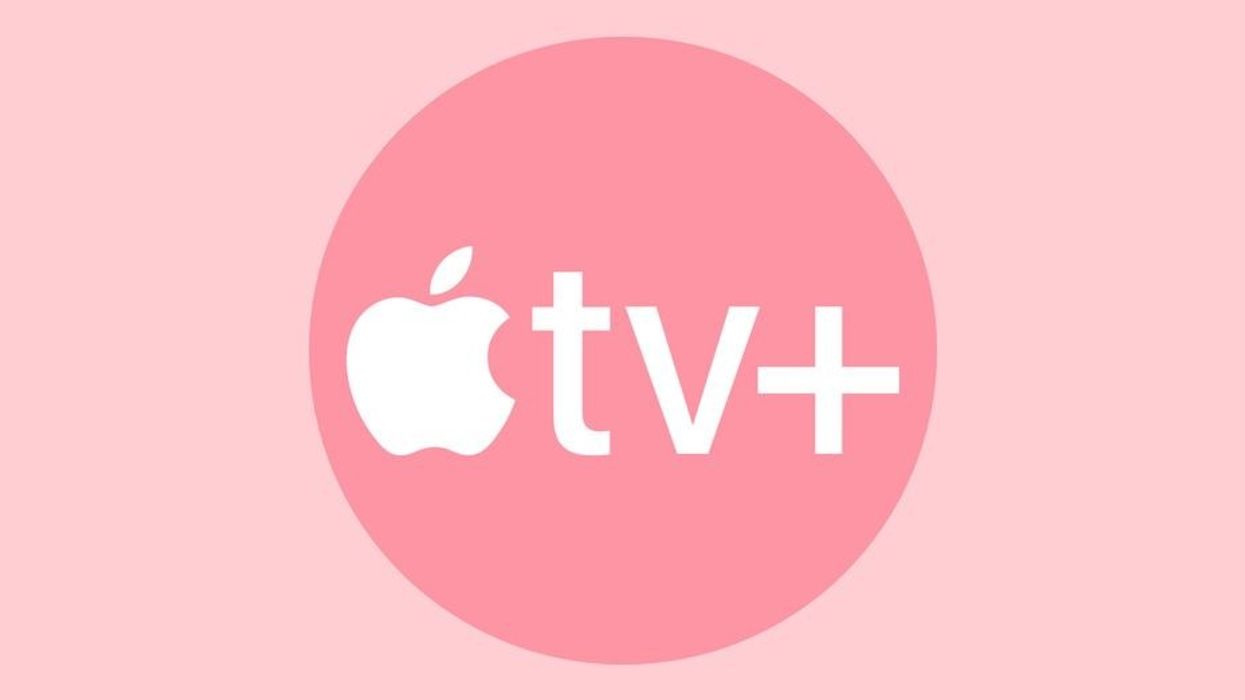From the Carolinas to Texas, this is what sets each region apart.
The Different Types Of Barbecue, Explained

Meredith Holser is the Shopping Editor at Brit + Co, covering everything from seasonal fashion trends and the best grocery finds from Trader Joe's to shoes actually worth splurging on and life-changing beauty products. Outside of work, you can catch Meredith hiking, trying new recipes, and dreaming about having a yummy little treat.
America has made a range of global foods their own, but there’s no other cuisine *so* embedded in our culture than barbecue. Over time, slow-roasted meat became a vehicle for community – think the classic cookout, Fourth of July backyard party, or your upcoming Memorial Day grilling fest – but with each region adopting (and priding in) its own variation of barbecue, there’s room to argue which state’s doing it the “right” way.
The History of Barbecue
To understand more modern iterations of barbecue, we have to look back to its roots. The first mention of BBQ in history came from Spanish explorer, Gonzalo Fernández De Oviedo y Valdés, in 1526, as he often encountered indigenous Caribbeans preparing meat over a wood fire. At the time, it was common for Caribbeans, Africans, and indigenous Americans to make barbecue (commonly known to them as barbacoa) this way. It wasn’t long before explorers and colonists took to this early form of barbecue and made it their own, particularly those living in the South.
Southerners were *super* proud of their barbecue, especially since it centered around pork. Pigs could be converted for consumption faster than cattle, giving the swines a higher economic value than their cow counterparts. Southerners were quick to find strength and patriotism in this advantage, fueling the growth of barbecue throughout the region even more. BBQ was tasty enough for any occasion, from church gatherings, political rallies, birthday parties, and even funerals – plus, the cuisine was one of the first to “bind together” a segregated 19th-century society.
By the time the Cold War came around, BBQ was booming. Despite its Caribbean and African background, barbecue was viewed as a uniquely American cuisine and activity, specifically weaved into homeowners and consumers. It was the thing that brought Americans together – with informality and accessibility.
The Types of Barbecue
But the basics of barbecue remain. The #1 distinguishing feature of BBQ is its smoky taste, influenced directly by being slowly grilled or roasted over a wood-burning fire. The differences throughout different regions in the U.S. (and even around the world) entail the types of meats used, as well as the types of wood, whether the meat gets a dry rub or not, how long it’s smoked for, the construction of the BBQ sauce used (or no sauce at all), and the method of serving.
If you’ve ever wondered what sets apart North Carolina BBQ from Texas BBQ, we’re here to make the blurred lines clearer. Check out the different types of regional barbecue throughout the U.S., and how they set themselves apart below:
South Carolina Barbecue
The Carolinas are a region of tension, as SC-ers and NC natives claim their own distinctive styles of barbecue. The main difference between the two is that North Carolina uses the whole pig, while South Carolina BBQ cooks tend to focus on only the shoulder and ribs.
More contentious conversations surround the sauce. South Carolina barbecue uses a more mustardy sauce for the tanginess, though different recipes circulate the state (see western SC’s tomato-heavy sauces).
North Carolina Barbecue
North Carolina BBQ can be broken down into two styles: Lexington-style and Eastern NC-style.
Lexington-style barbecue is biased towards using only pork shoulder, while whole hogs are more common in Eastern NC-style. Lexington-style fanatics often enjoy a thin BBQ sauce that’s more dippable, crafted from vinegar, tomatoes, and red pepper flakes.
Eastern NC-style sauces are thicker, and exclude tomatoes. Another big difference between the two lies in the sides: coleslaw is popular in both localities, but Lexington-style BBQ coleslaw is known as “red slaw” since the traditional mayo is replaced with their unique BBQ sauce.
Despite their differences, both Carolinas, South and North, claim more tasty side dishes like hushpuppies, baked beans, mac and cheese, and French fries to partner with BBQ’d meats. 🍖
Memphis-style Barbecue
Memphis-style barbecue is mostly comprised of slow-roasted pork, but a lot of BBQ joints will also serve beef and chicken dishes. Memphians also love a classic BBQ sandwich – with *just* meat, sauce, and coleslaw piled on.
One unique facet of this regional BBQ is that the meats are available in “dry” or “wet” form – dry meat gets a spice rub before cooking (and is enjoyed without sauce, because it’s just that flavorful), and wet BBQ meat entails brushing the meat with BBQ sauce before, during, and after cooking for flavor.
Hawaiian Barbecue
Hawaiian barbecue utilizes the same meats as most other U.S. regions – from the likes of pork ribs, brisket, and pulled pork, and even fish – but its most distinctive trait comes from the sauce. Sweeter tastes envelop Hawaii-style BBQ, with most chefs preparing and serving the meat with shoyu. Shoyu is crafted from sugar, garlic, soy sauce, and ginger, and oftentimes partners up with tropical flavor inspirations like passionfruit or pineapple.
There’s a lot of tradition behind Hawaiian BBQ. You've likely heard of luaus, which are celebratory gatherings that include a slow pit-roasted whole pig wrapped in banana leaves – left to roast for a half day for maximum tenderness and depth in flavor.
Kansas City-style Barbecue
KC-style barbecue is characterized by a wide variety of meats. In any pit, you can choose from beef, pork, fish, chicken, and even lamb. The preparation work that goes into KC BBQ is integral in setting it apart from others – meat always gets a seasoned dry rub before barbecuing, including the popular ‘burnt ends’ selections (random cuts).
KC barbecue meat is served most regularly with a side of French fries, and paired with thick, sweet tomato-based sauces infused with brown sugar and molasses.
Texas Barbecue
Just like the state is massive, Texas BBQ is huge, and different parts of the Lone Star State claim different BBQ techniques and platings. You’ll find a range of meats in every Texas barbecue: beef, pork, brisket, and sausage are the most popular. To examine TX BBQ, you have to break it down further by Central Texas, East Texas, West Texas, and South Texas.
- Central TX BBQ has a strong influence from German and Czech settlers that arrived in the 19th century. Central Texas BBQ meats usually get a dry rub of *only* salt and pepper, then is cooked very slowly and indirectly over hard woods that make things extra smoky-tasting. BBQ sauce is often seen as offensive in this region. 😯
- East TX BBQ meats are cooked until very tender. East Texans like it to be falling off the bone while enjoying BBQ. Hickory-smoked meats are the most popular option, and whether they’re eaten alone or a sandwich, this region is super proud of their BBQ.
- West TX barbecue meats are often cooked over mesquite wood for more smokiness. Most of the serving suggestions mirror that of East and South Texas.
- South TX barbecue meats get slathered in *heaps* of molasses-infused sauce to keep things ultra-moist. Barbacoa (meat prepared and smoked in the ground) is also very popular in Southern areas near the Mexican border.
Sign up for our newsletter for more fun food histories! Check out more of our barbecue recipes, from pork grilling to ribs.

















